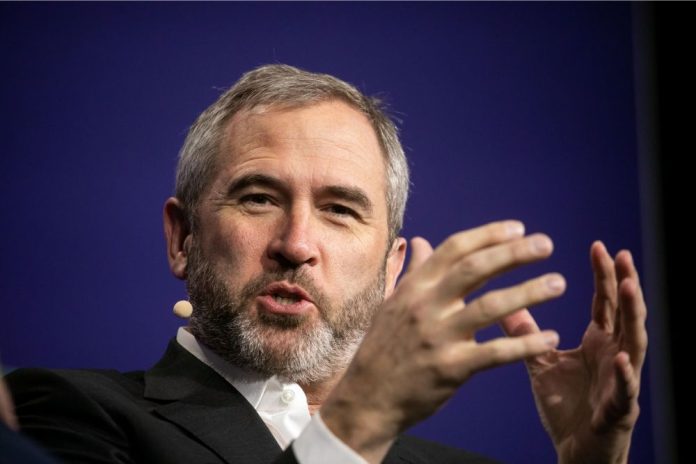The certainty of Ripple’s commitment to XRP has sparked concerns among XRP community members. However, Brad Garlinghouse, CEO of Ripple, has emphatically addressed these doubts, reaffirming XRP’s central role in the company’s strategy.
Source of Investor Uncertainty
Several factors over the past few months contributed to the unease. One was the announcement of Ripple’s upcoming stablecoin launch.
While details remain scarce, speculation suggests the stablecoin, to be launched on both XRP Ledger (XRPL) and Ethereum, could facilitate US-based client participation in cross-border settlements through Ripple’s On-Demand Liquidity solution (formerly RippleNet).
Read Also: Ripple CEO Garlinghouse: XRP Poised to Rival Bitcoin with Prospects of $10,000+
This move has led some analysts to believe Ripple might prioritize the stablecoin as the preferred asset for international payments, potentially sidelining XRP. Additionally, Ripple’s decision to exclude XRP from its recently launched Liquidity Hub, a platform for buying, selling, and holding digital assets, further fueled these concerns.
Initially, Ripple had indicated the platform would support XRP alongside other major cryptocurrencies like Bitcoin and Ethereum. However, citing regulatory uncertainties in the US, the company ultimately excluded the digital asset from the launch.
Garlinghouse’s Reassurance and Strategic Clarity
In a recent fireside chat at the XRP Las Vegas 2024 event, Garlinghouse directly addressed these concerns. He emphasized Ripple’s unwavering commitment to XRP, stating that doubts about the company’s dedication were unfounded.
This reassurance sheds light on the reasoning behind the stablecoin and XRP’s absence from the Liquidity Hub. Garlinghouse’s statement suggests these developments are part of a broader strategy to navigate the complex regulatory environment in the US, particularly regarding the ongoing lawsuit between Ripple and the Securities and Exchange Commission (SEC).
XRP’s Continued Importance
While the stablecoin might offer advantages in specific regulatory contexts, it doesn’t necessarily signal a shift away from XRP. The core functionalities of the digital asset, particularly its speed and cost-effectiveness for cross-border transactions, remain highly valuable.
Furthermore, using XRPL for the stablecoin launch demonstrates a continued focus on the underlying technology powering XRP. This strategic decision leverages the efficiency and security of the XRPL while potentially appeasing US regulators with a dollar-pegged asset.
We are on twitter, follow us to connect with us :- @TimesTabloid1
— TimesTabloid (@TimesTabloid1) July 15, 2023
Read Also: Ripple CEO Points Up the Potential Benefits of Ripple Stablecoin
Looking Forward: A Symbiotic Relationship
The potential exists for the stablecoin and XRP to function in a complementary manner. The stablecoin might cater to specific regulatory requirements in certain regions, while the digital asset continues to excel in facilitating fast and affordable international payments. This scenario would allow Ripple to expand its market reach while staying compliant with evolving regulations.
While the regulatory landscape surrounding cryptocurrencies remains dynamic, Brad Garlinghouse’s comments offer a clear message: XRP remains a core component of Ripple’s strategy.
The upcoming stablecoin and XRP’s exclusion from the Liquidity Hub are likely temporary measures to navigate the US regulatory environment, not a signal of a diminished role for XRP. Both assets have the potential to coexist and contribute to Ripple’s overall vision for a more efficient global financial system.
Follow us on Twitter, Facebook, Telegram, and Google News


